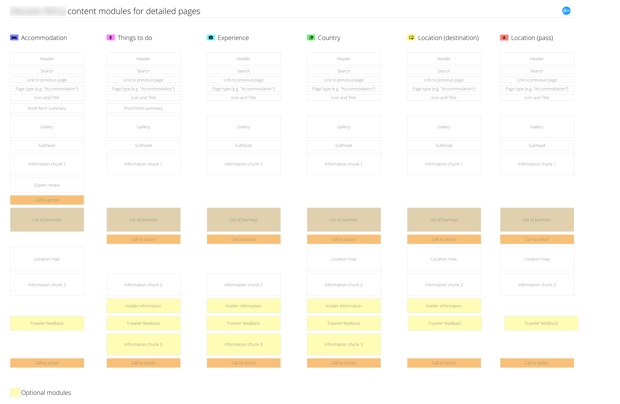
Daniel Jalkut discusses the rate of software/app updates in Stagnation Or Stability?:
As an onlooker, it’s easy to associate dramatic change and motion with competence, and quiet refinement with laziness. We must draw on our own experiences attempting to build great things to appreciate how much work takes place in stillness, to have faith that even though things may appear stagnant, a benefit of frictionlessness is resulting. An app at rest may be in that long, arduous phase of becoming finely crafted.
Daniel’s post is a response to the recent Michael Lopp article R.I.P. Things, in which he explains that he’s dropping Things as his productivity app mainly because of its lack of updates. I’ve been thinking about this a lot. How our expectations about app pricing and rate of change is placing unfair (and damaging) pressure on developers to release new versions of their apps constantly — even if it’s just change for the sake of change.
The other unintended consequence of this never-ending update cycle is that we’re starting to see evidence of what Chris Bowler calls App Fatigue:
I must admit, I’ve felt a bit of what I term app fatigue in the past year. What is this? Simply the lack of desire to either a) pay for another version of an app I already own or b) go through the steps required to update this app and become accustomed to the changes.
My own feelings about this remain wildly erratic at the moment. Sometimes I’m on Michael’s side. Like most people I was champing at the bit for Tweetbot 3, and as much as I appreciated the “It’ll be ready when it’s ready” line, my impatience got the better of me. Yesterday Apple “finally” updated their last built-in app for iOS 7. But we’re still stuck with an ugly WhatsApp, orphaned versions of OmniFocus, Tweetbot and Instapaper for iPad, and a Foursquare that hasn’t been updated in weeks — weeks, I tell you. What up with that? I turned off automatic app updates because I love going to the App Store and checking what wonderful new things I’m going to get today.
And then, at other times, I’m with Chris Bowler. OmniFocus runs my life, so I shouldn’t complain about paying $20 for the gorgeous new iPhone version, but it ended up being quite the grudge purchase. Same with Fantastical 2. And I know that my insatiable hunger for new features every day is probably doing more damage than good. Because Daniel is right: “An app at rest may be in that long, arduous phase of becoming finely crafted.” But if we show up at developers’ doors with pitchforks every couple of weeks, demanding our new features, there is no time for the app to be at rest. Eventually, Experience Rot will set in, and it will be our fault:
As more features are added, it becomes harder to make the overall design coherent and sensical. Soon features are crammed into corners that don’t make sense.
I guess I’m preaching to myself here. I’m hoping to convince myself to be a bit more patient with app developers, and give them the time they need to slow down and refine.



